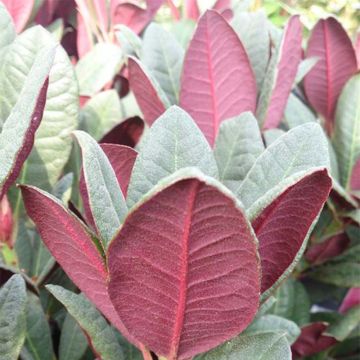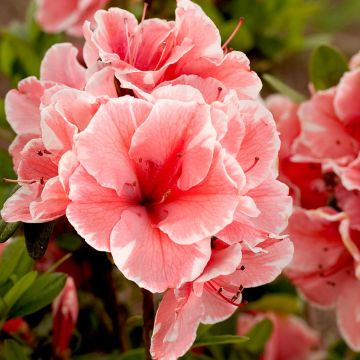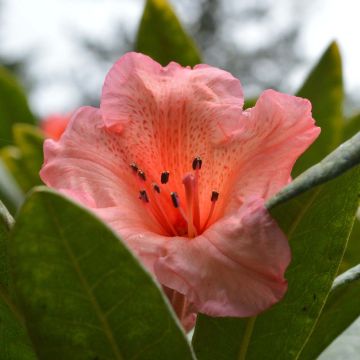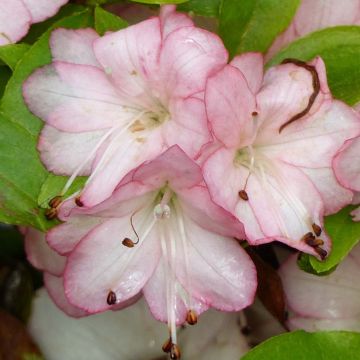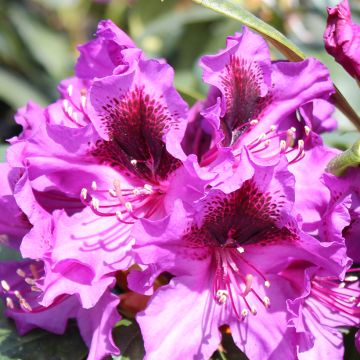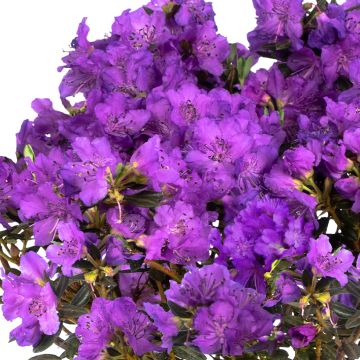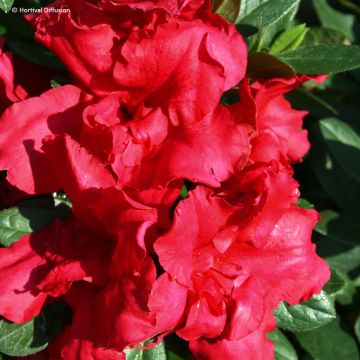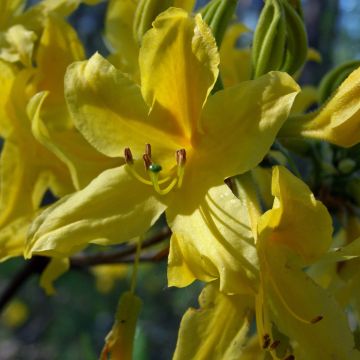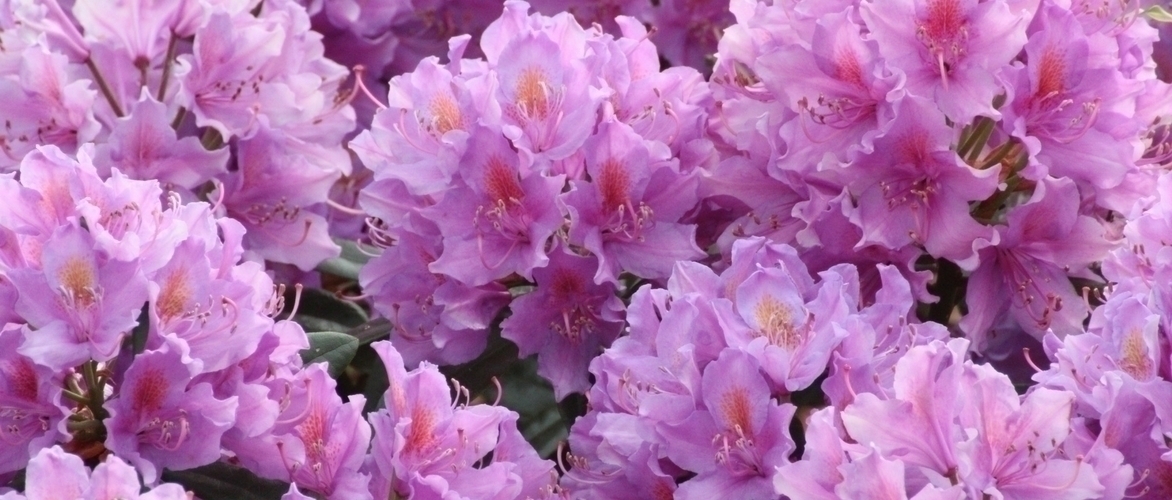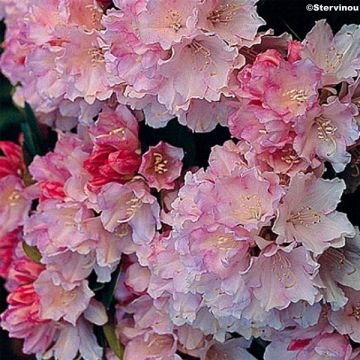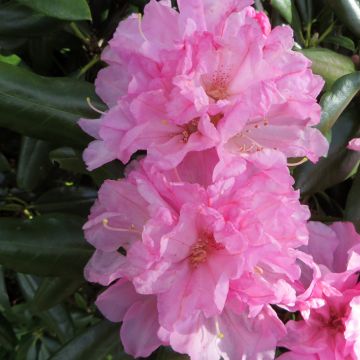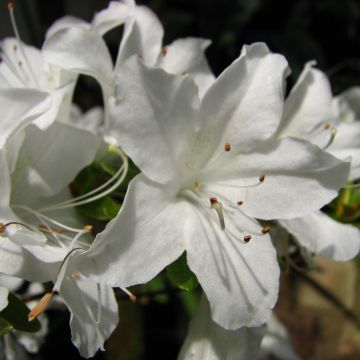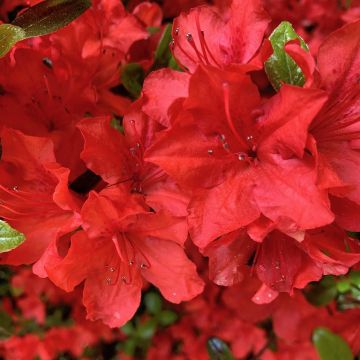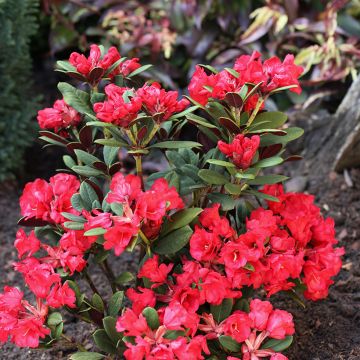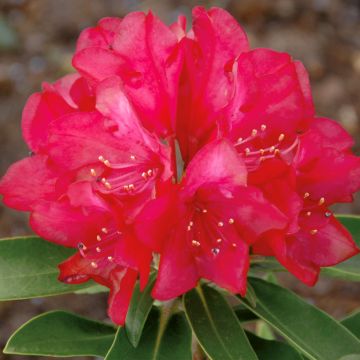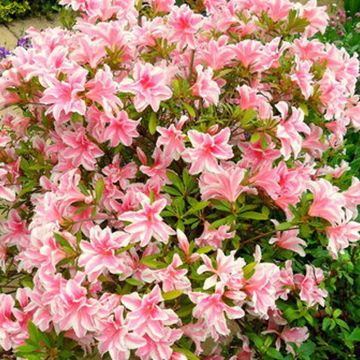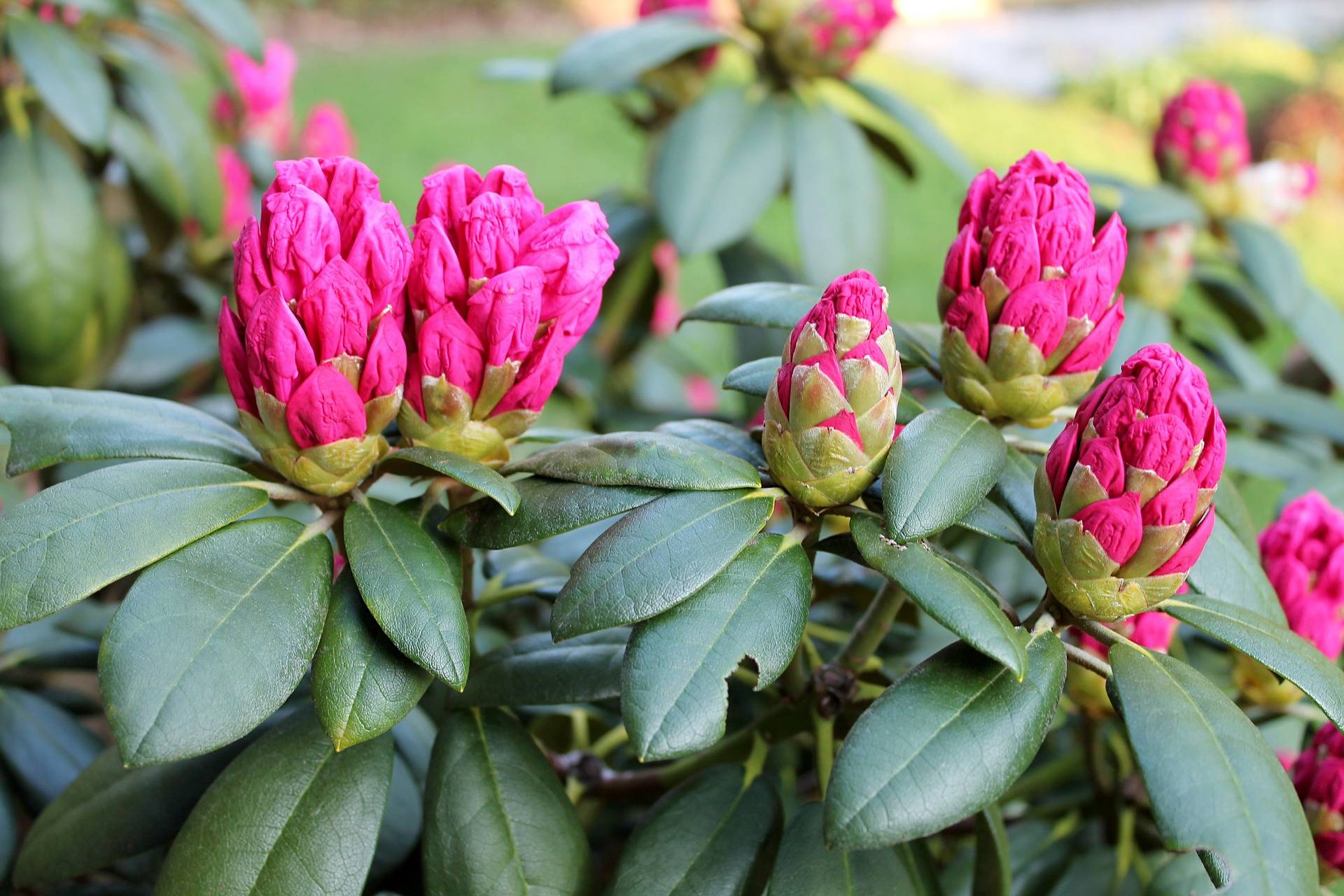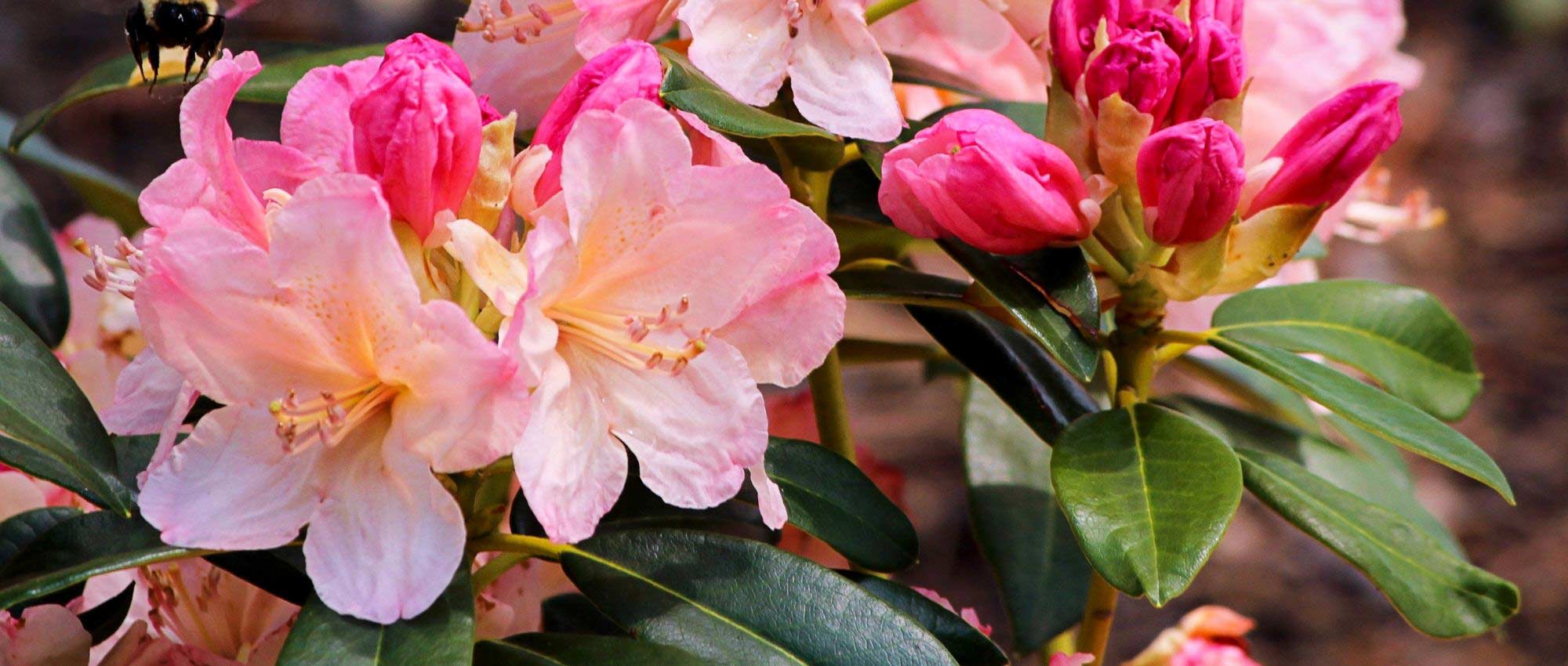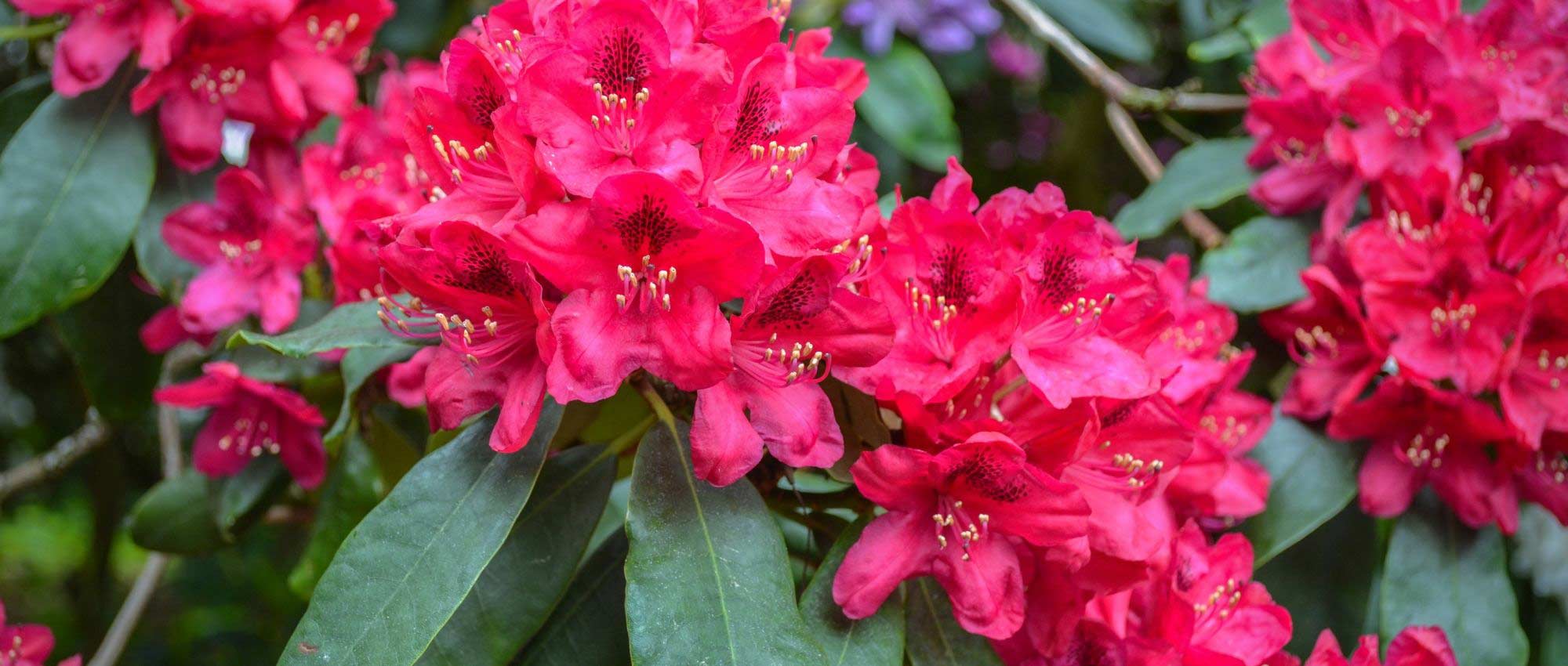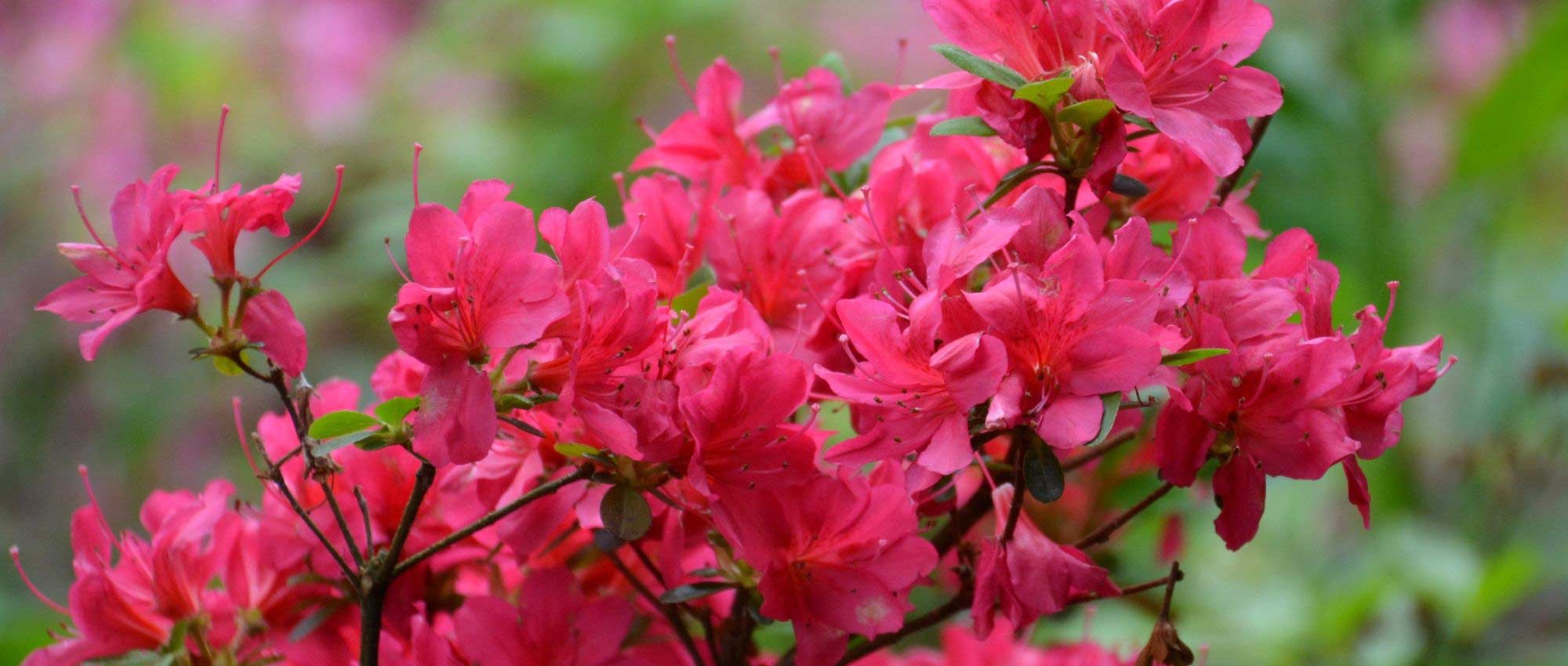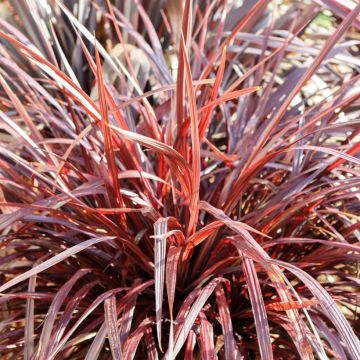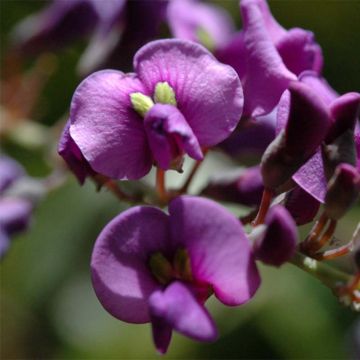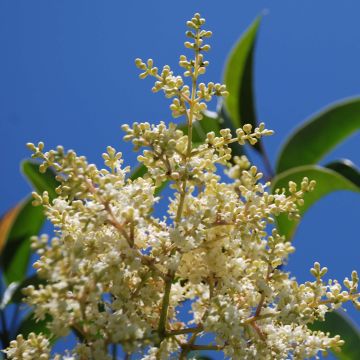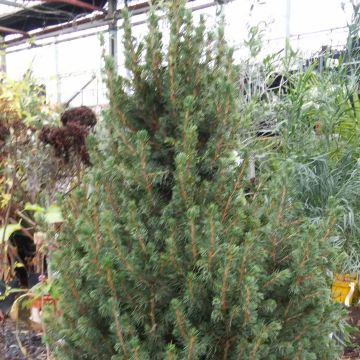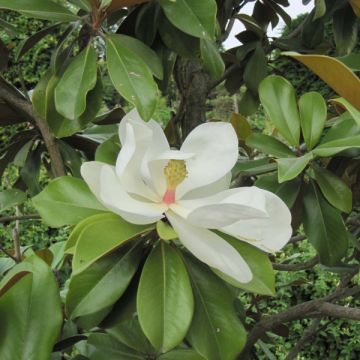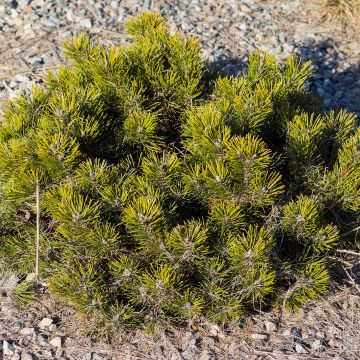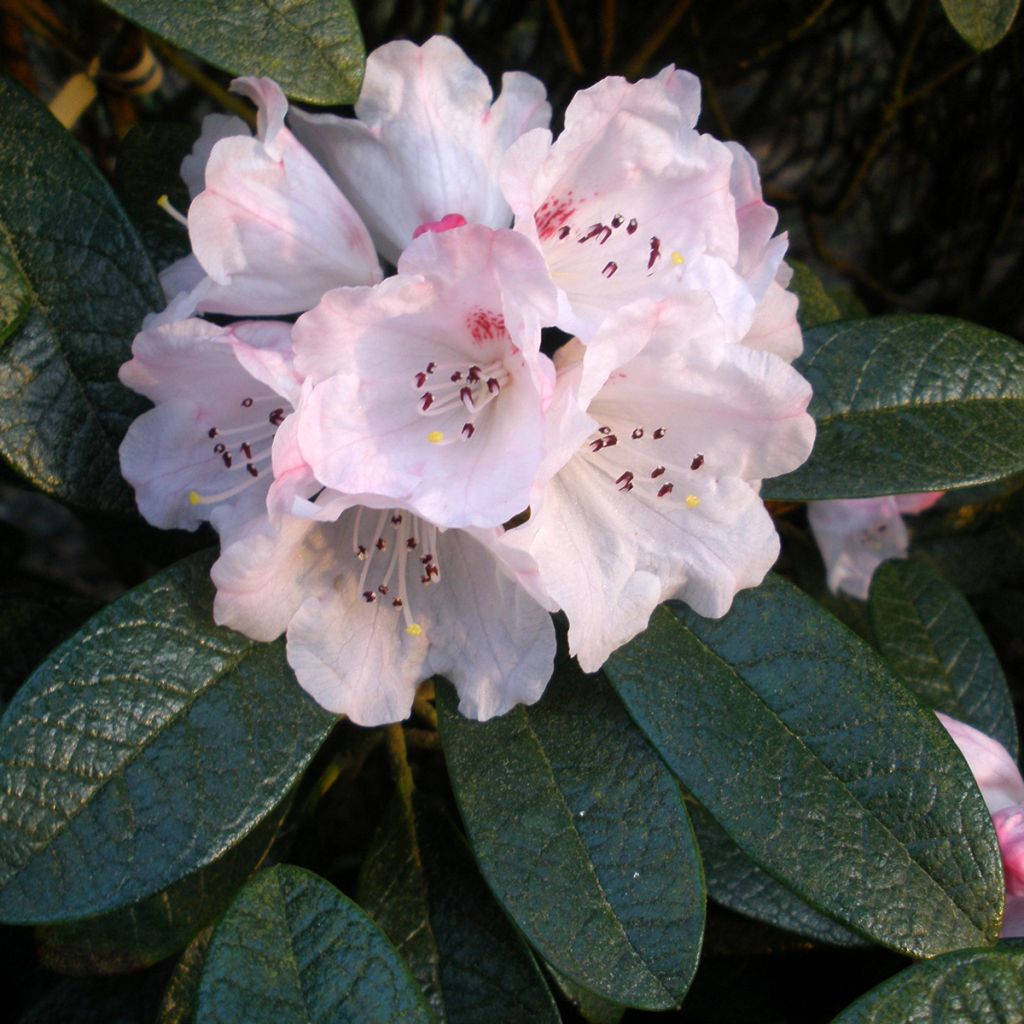

Rhododendron wiltonii
Rhododendron wiltonii
Rhododendron wiltonii
Special offer!
Receive a €20 voucher for any order over €90 (excluding delivery costs, credit notes, and plastic-free options)!
1- Add your favorite plants to your cart.
2- Once you have reached €90, confirm your order (you can even choose the delivery date!).
3- As soon as your order is shipped, you will receive an email containing your voucher code, valid for 3 months (90 days).
Your voucher is unique and can only be used once, for any order with a minimum value of €20, excluding delivery costs.
Can be combined with other current offers, non-divisible and non-refundable.
Why not try an alternative variety in stock?
View all →This plant carries a 24 months recovery warranty
More information
We guarantee the quality of our plants for a full growing cycle, and will replace at our expense any plant that fails to recover under normal climatic and planting conditions.
Would this plant suit my garden?
Set up your Plantfit profile →
Description
Rhododendron wiltonii, a little-known Chinese mountain species, deserves a place in our gardens. This botanical Rhododendron is stunning in spring when clusters of eye-catching, pale pink flowers appear. It is evergreen and ornamental all year round thanks to its original foliage, with dark green glossy upper surfaces and short-haired, cinnamon-brown lower surfaces. It is very hardy and only dislikes limestone and drought. Therefore, it will thrive in humus-bearing, acidic, and moist soil, under light shade.
Rhododendrons are members of the Ericaceae family, which includes many ornamental genera (Kalmia, Leucothoe, Erica, Calluna, Oxydendrum, Gaultheria, Pieris...) as well as some small fruits (Vaccinium: blueberry, Arbutus: strawberry tree, Arctostaphyllos uva-ursi: bearberry...). Rhododendron wiltonii is native to mountainous areas of Guizhou and western Sichuan provinces (central-southern China), where it grows at altitudes ranging from 2200 to 3500 m. In its native habitat, this relatively slow-growing species can reach a height of up to 4.5 m, much less in cultivation under our climates. Therefore, in 10 years, it will only reach a maximum height of 70 cm to 1 m, with an equivalent width, forming a naturally dense and attractive ball shape. Over time, a mature specimen will reach 2 m, possibly 2.50 m, which is perfect for small gardens or mixed borders.
This Rhododendron is ornamental in more ways than one. Its sculptural habit is particularly elegant, with upright brown stems that contrast beautifully with the dark, horizontally spread leaves, forming a regular spherical shape. The evergreen foliage is extremely attractive throughout the year. The lanceolate leaves, with harmonious proportions, measure approximately 13 cm in length and 4 cm in width. Their upper surface, a superb shiny dark green, is quite deeply veined, giving them a pleasing slightly embossed appearance. The lower surface, on the other hand, is covered in a downy coat of cinnamon-brown hairs, which contrasts pleasantly with the dark green.
In April, numerous dark pink flower buds appear, clustered in groups of about 10 at the ends of the shrub's branches. They open into trumpet-shaped flowers of a paler pink, almost white, with a red-spotted centre, measuring approximately 4 to 5 cm. A cluster of 10 white stamens, with brown tips, surrounds the also white pistil, ending with a touch of yellow. Spanning April and May, this flowering period lasts for 3 weeks, creating a magnificent spectacle against the dark background of the foliage.
Very hardy due to its mountainous origin, this Rhododendron can withstand temperatures as low as -23°C. It is more sensitive to heat and especially drought than cold or humidity. It requires acidic soil (pH 4.5 to 6) that is humus-bearing, retaining water well, particularly in summer, but without excess in winter. In other words, it will generally need to be watered during the hot period.
Rhododendron wiltonii is a gem for the garden. While many varieties are primarily valued for their flowering, it adds the interest of truly decorative foliage, combined with a sculptural habit that will work well in a contemporary setting. You can easily integrate it into an ericaceous soil bed alongside other uncommon shrubs such as Enkianthus or Campanulate Andromeda, a charming shrub with a slightly wild appearance that is adorned with small pink bells in May-June. One size up, Cornus kousa Scarlet Fire, a Japanese Dogwood with a long spring flowering period, consisting of large fuchsia pink floral bracts, will create a beautiful background for your Rhododendron. And to provide welcome shade for all these shrubs, the immense leaves of Magnolia officinalis biloba, which split into two lobes at the tip, will complete this scene of rare beauty while its large 20 cm diameter white flowers will delight you with their sweet fragrance in spring.
Plant habit
Flowering
Foliage
Botanical data
Rhododendron
wiltonii
Ericaceae
China
Other Small Rhododendron
View all →Planting and care
Plant Rhododendron wiltonii in a semi-shaded position, protected from cold and drying winds, in humus-rich, light soil, with an acidic tendency (pH between 4.5 and 6). The soil should never dry out, but should not be waterlogged either. This variety does not tolerate heat or dry atmospheres, it thrives in a humid and cool climate. Like all plants in the heath family, this Rhododendron does not tolerate calcareous soils or heavy soils that become waterlogged in winter. If the soil remains moist in summer, this rhododendron can also tolerate exposure to non-scorching sunlight.
Dig a hole three times larger than the pot. Soak the root ball in non-calcareous water for fifteen minutes to ensure thorough saturation, then plant the bush without burying it (the soil level should be at the collar), in a mixture composed of 1/4 peat substitute, leaf compost, gravel or pumice, and loam. Water generously and keep the soil moist in summer. Azaleas and Rhododendrons have shallow root systems, which makes them sensitive to long periods of drought. Therefore, it is recommended to enrich the soil with humus and to water abundantly during dry periods. Additionally, their root system is not very strong, which is why heavy soils should be lightened with draining materials (gravel, pumice, clay pellets) at planting. Apply a mulch of shredded pine bark around the base of the bush every spring to retain soil moisture and maintain an acidic pH.
Maintenance consists of removing faded flowers in summer and pruning dead branches. Azaleas and Rhododendrons can sometimes be attacked by weevils, which eat the edges of leaves and rootlets, as well as the infamous "rhododendron beetle," which usually does not cause significant damage. Effective organic solutions are available today to control weevils. Yellowing of leaves (chlorosis) in Rhododendron indicates poor assimilation of iron in the soil and can lead to premature death of the plant. While usually caused by limestone (in the soil or irrigation water), poorly drained soil or deeply planted root balls can also explain this phenomenon.
Planting period
Intended location
Care
Planting & care advice
This item has not been reviewed yet - be the first to leave a review about it.
Similar products
Haven't found what you were looking for?
Hardiness is the lowest winter temperature a plant can endure without suffering serious damage or even dying. However, hardiness is affected by location (a sheltered area, such as a patio), protection (winter cover) and soil type (hardiness is improved by well-drained soil).

Photo Sharing Terms & Conditions
In order to encourage gardeners to interact and share their experiences, Promesse de fleurs offers various media enabling content to be uploaded onto its Site - in particular via the ‘Photo sharing’ module.
The User agrees to refrain from:
- Posting any content that is illegal, prejudicial, insulting, racist, inciteful to hatred, revisionist, contrary to public decency, that infringes on privacy or on the privacy rights of third parties, in particular the publicity rights of persons and goods, intellectual property rights, or the right to privacy.
- Submitting content on behalf of a third party;
- Impersonate the identity of a third party and/or publish any personal information about a third party;
In general, the User undertakes to refrain from any unethical behaviour.
All Content (in particular text, comments, files, images, photos, videos, creative works, etc.), which may be subject to property or intellectual property rights, image or other private rights, shall remain the property of the User, subject to the limited rights granted by the terms of the licence granted by Promesse de fleurs as stated below. Users are at liberty to publish or not to publish such Content on the Site, notably via the ‘Photo Sharing’ facility, and accept that this Content shall be made public and freely accessible, notably on the Internet.
Users further acknowledge, undertake to have ,and guarantee that they hold all necessary rights and permissions to publish such material on the Site, in particular with regard to the legislation in force pertaining to any privacy, property, intellectual property, image, or contractual rights, or rights of any other nature. By publishing such Content on the Site, Users acknowledge accepting full liability as publishers of the Content within the meaning of the law, and grant Promesse de fleurs, free of charge, an inclusive, worldwide licence for the said Content for the entire duration of its publication, including all reproduction, representation, up/downloading, displaying, performing, transmission, and storage rights.
Users also grant permission for their name to be linked to the Content and accept that this link may not always be made available.
By engaging in posting material, Users consent to their Content becoming automatically accessible on the Internet, in particular on other sites and/or blogs and/or web pages of the Promesse de fleurs site, including in particular social pages and the Promesse de fleurs catalogue.
Users may secure the removal of entrusted content free of charge by issuing a simple request via our contact form.
The flowering period indicated on our website applies to countries and regions located in USDA zone 8 (France, the United Kingdom, Ireland, the Netherlands, etc.)
It will vary according to where you live:
- In zones 9 to 10 (Italy, Spain, Greece, etc.), flowering will occur about 2 to 4 weeks earlier.
- In zones 6 to 7 (Germany, Poland, Slovenia, and lower mountainous regions), flowering will be delayed by 2 to 3 weeks.
- In zone 5 (Central Europe, Scandinavia), blooming will be delayed by 3 to 5 weeks.
In temperate climates, pruning of spring-flowering shrubs (forsythia, spireas, etc.) should be done just after flowering.
Pruning of summer-flowering shrubs (Indian Lilac, Perovskia, etc.) can be done in winter or spring.
In cold regions as well as with frost-sensitive plants, avoid pruning too early when severe frosts may still occur.
The planting period indicated on our website applies to countries and regions located in USDA zone 8 (France, United Kingdom, Ireland, Netherlands).
It will vary according to where you live:
- In Mediterranean zones (Marseille, Madrid, Milan, etc.), autumn and winter are the best planting periods.
- In continental zones (Strasbourg, Munich, Vienna, etc.), delay planting by 2 to 3 weeks in spring and bring it forward by 2 to 4 weeks in autumn.
- In mountainous regions (the Alps, Pyrenees, Carpathians, etc.), it is best to plant in late spring (May-June) or late summer (August-September).
The harvesting period indicated on our website applies to countries and regions in USDA zone 8 (France, England, Ireland, the Netherlands).
In colder areas (Scandinavia, Poland, Austria...) fruit and vegetable harvests are likely to be delayed by 3-4 weeks.
In warmer areas (Italy, Spain, Greece, etc.), harvesting will probably take place earlier, depending on weather conditions.
The sowing periods indicated on our website apply to countries and regions within USDA Zone 8 (France, UK, Ireland, Netherlands).
In colder areas (Scandinavia, Poland, Austria...), delay any outdoor sowing by 3-4 weeks, or sow under glass.
In warmer climes (Italy, Spain, Greece, etc.), bring outdoor sowing forward by a few weeks.






























